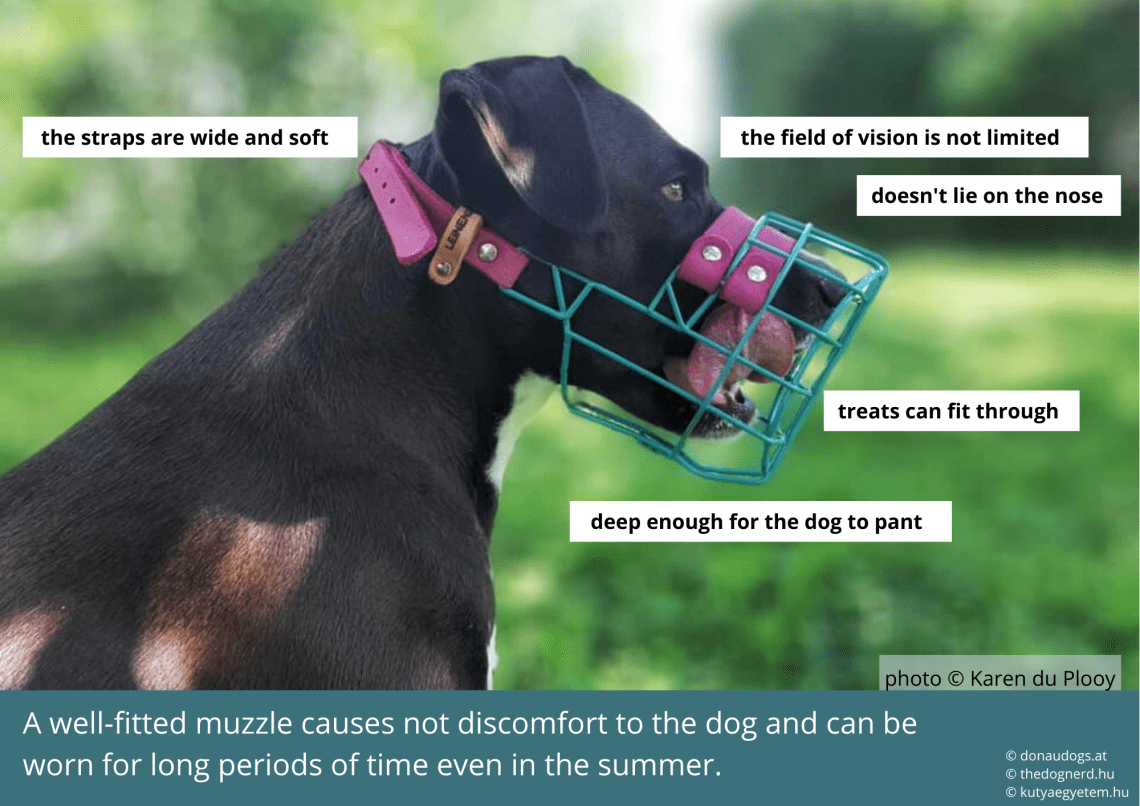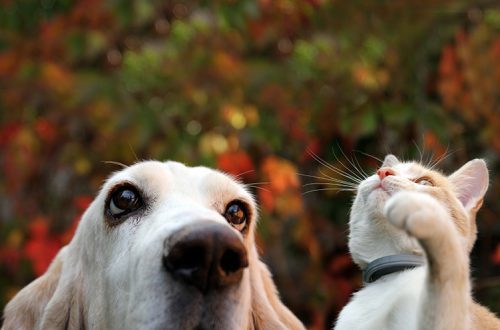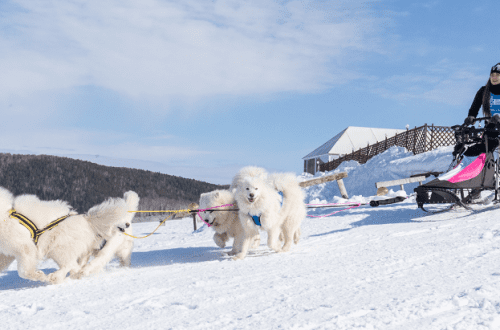
How to choose a dog muzzle?
A muzzle will help out a lot, for example, when visiting a veterinary clinic: many dogs are not allowed to clean their ears and cut their claws, not to mention injections and more serious procedures. It will also come in handy on a walk – in it the dog will not be able to pick up anything from the ground and harm himself.
There are different types of muzzles, each of them has its own characteristics and is suitable for use in different situations.
Contents
Muzzle with metal mesh
The most popular type of muzzle. It is a kind of basket made of intertwined metal rods. Reliably protects against bites, suitable for hot weather. Not suitable for low temperatures: the dog can injure the nose or tongue on the cold mesh. Since the metal mesh muzzle is quite bulky, it is used mainly for medium and large dogs. Requires accurate selection by size, otherwise it hurts the pet’s face.
Pros:
Does not interfere with the dog’s breathing;
Lets drink;
Comfortable;
Reliable;
Does not lose shape
Has a long service life.
Cons:
Heavy;
Unsuitable for cold weather.
Muzzles made of leather / leatherette
Mesh muzzle
Consists of leather strips attached to each other with metal rivets. This muzzle is suitable for most dogs and situations (walking, visiting crowded places, using public transport, visiting a veterinary clinic, etc.). In addition to the selection of the exact size, it requires a thorough check of the quality of the assembly and material. Cheap dyes with a strong smell can cause allergies in a pet, and too hard material and strongly protruding or sharp rivets can cause serious injury.
Pros:
Does not interfere with breathing;
Reliable;
Comfortable;
Lighter than a metal muzzle.
Cons:
Short-lived;
Doesn’t keep its shape.
Deaf muzzle
In terms of efficiency, it is not inferior to a metal muzzle: there is absolutely no risk that a dog in such a muzzle will bite someone. In it, the pet can only slightly open its mouth, although this is not enough for proper breathing and thermoregulation. The deaf muzzle is the hardest of the muzzles. So that he does not create discomfort for the pet and does not cause pain, it must be made strictly according to his face. Then the dog will be able to breathe and the muzzle will not touch his eyes.
Pros:
Performs its function well.
Cons:
Does not allow full breathing;
Not suitable for hot weather;
Hard;
Inconvenient;
Short-lived (the skin gets wet due to saliva, moisture, rain, and cracks when it dries).
Fabric muzzles
Nylon muzzle
Suitable for dogs that are not aggressive. It is light and easy to use: it is put on the muzzle and fixed on the back of the neck. In most cases, it has a fastex clasp (a plastic trident clasp, these are often found on backpacks). It does not allow you to open your mouth wide to bite, but does not prevent you from picking up objects.
Pros:
Washable;
Light;
Inexpensive;
Adjustable size.
Cons:
Interferes with full breathing;
Not suitable for long time wear;
Not the most reliable;
Does not prevent picking up items from the ground.
Nylon loop
Suitable for use only in emergencies requiring the pet’s mouth to be closed. It is used next to the owner, as the design of the muzzle is unreliable. For frequent use in different situations, it is better not to purchase such a model.
Plastic muzzle
A lighter and less expensive alternative to a metal muzzle. The principle is the same: a plastic basket is put on the dog’s muzzle and fixed on the back of the neck.
Pros:
Does not interfere with breathing.
Cons:
Less reliable;
Plastic cracks in the cold.
How to determine the correct muzzle size?
It is best to take your dog with you to the pet store and try on a muzzle on it, as measurements taken from the muzzle may not be enough.
How to train a dog to muzzle?
It is best to start training your dog to muzzle at puppyhood, at the same time as training him to the leash and collar. If she gets used to walking only in a muzzle, then in the future this accessory will not cause negative emotions. Let your dog get used to the muzzle first. Do not scold if she tries to take it off. The muzzle should be associated with positive emotions, such as a treat or a subsequent walk. You can go to the trick and put a piece of goodies in it. Gradually increase the amount of time the dog is muzzled. Over time, she will cease to be afraid of him, and you will be able to safely go outside.





